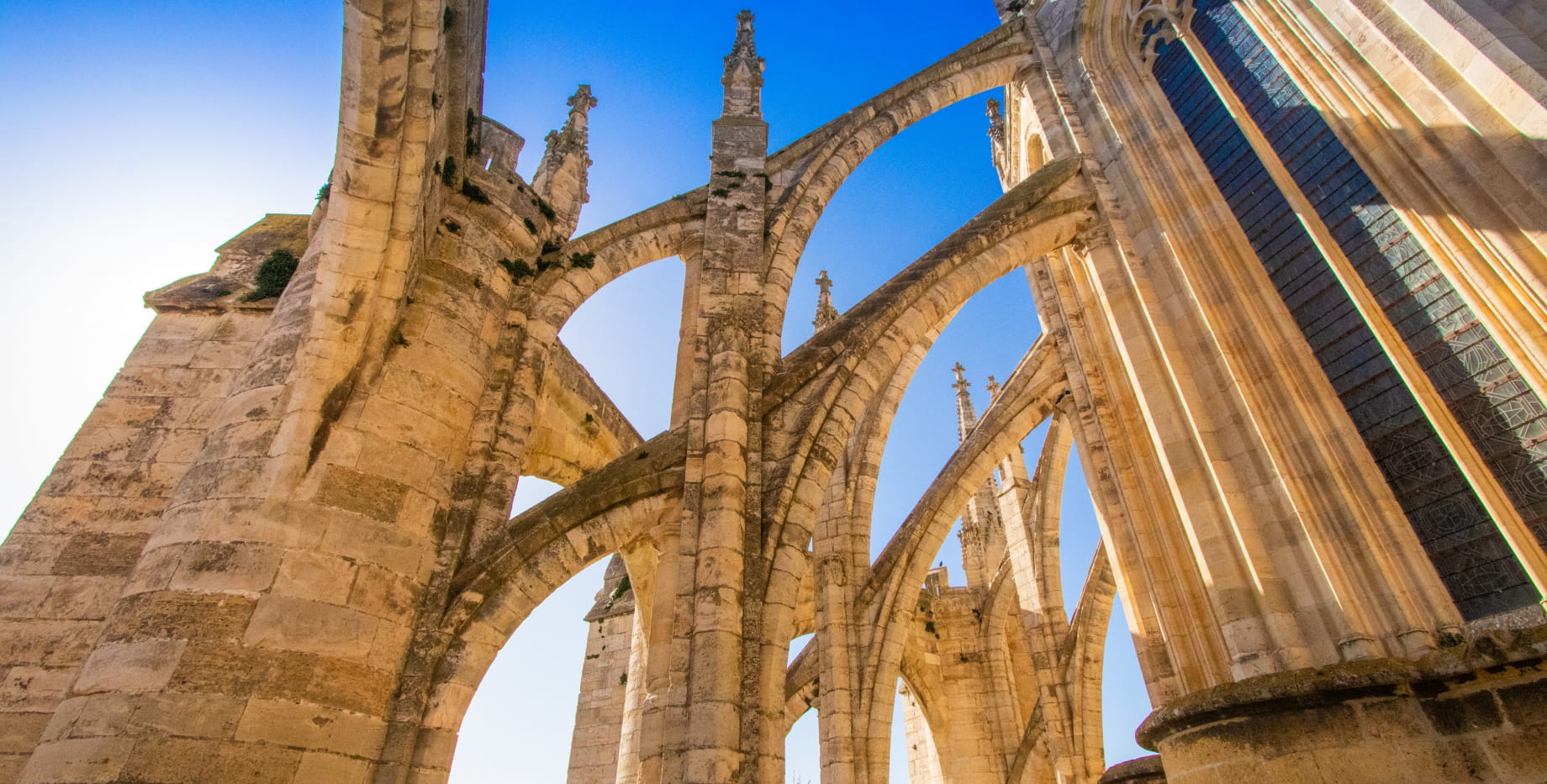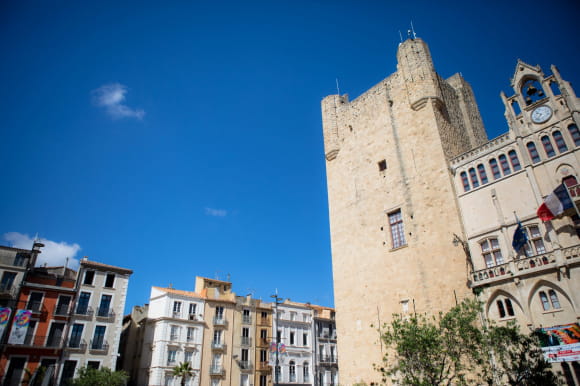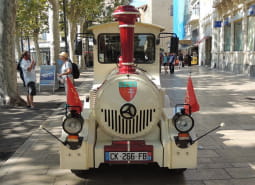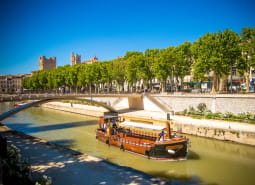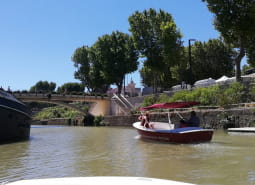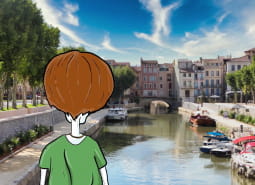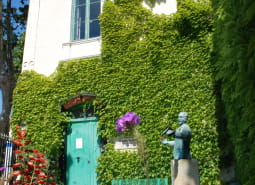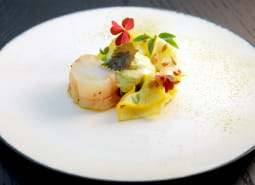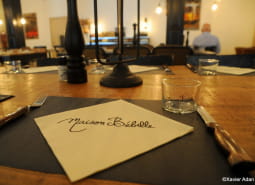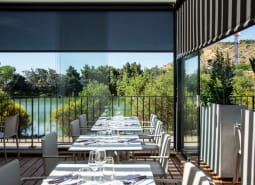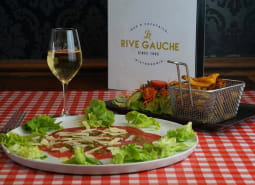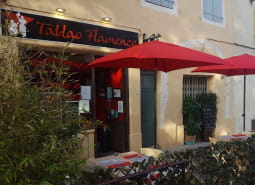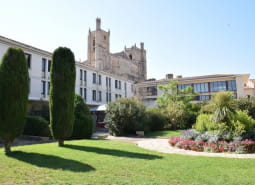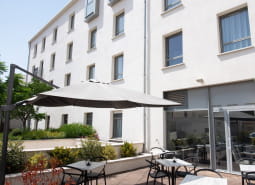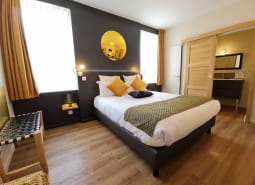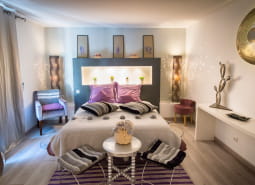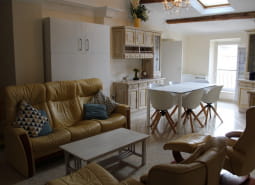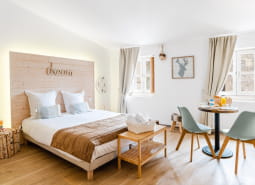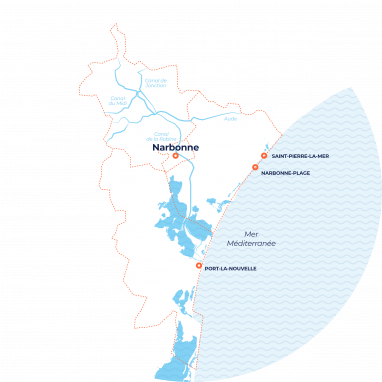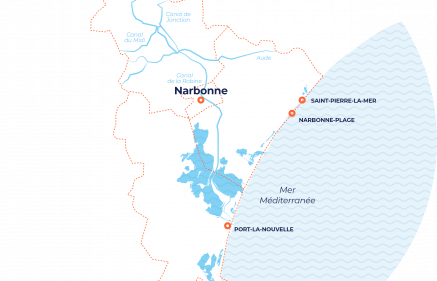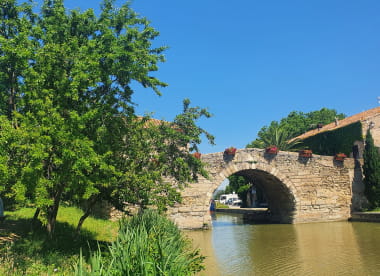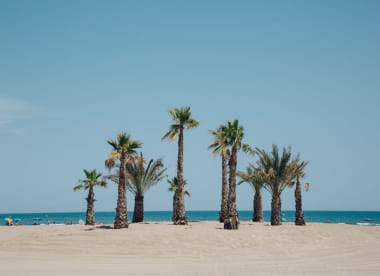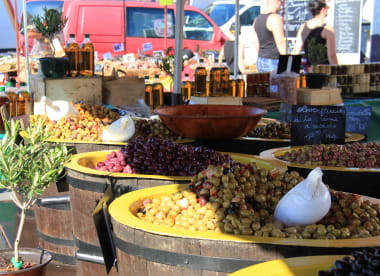Roman Narbonne
All roads lead to …. Narbonne!
Narbo Martius, founded in 118 BC, was actually the first Roman colony outside Italy and the most important city after Rome. Exceptional Roman vestiges remain from this period, which you must see or visit during your stay on the Côte du Midi!

Via Domitia
A moving testimony of the ancient city, the Via Domitia linked Italy to Spain in the 2nd century BC. It was discovered in 1997, restored and made accessible. It constitutes the Place de l'Hôtel de Ville, in the heart of the Cité district. Very popular with children, the Via Domitia is an original place where they can play on the ancient cobblestones and marvel at the ancient grooves dug by the chariots which are more than 21 centuries old!

Pont des Marchands (The Merchants' Bridge)
This bridge consisted of seven arches (six we know for sure). It gave access to the ancient city from the south and hosted the passage of the Via Domitia. The Pons Vetus connects the districts of Bourg and Cité. At present, only one arch is visible, showing the width of the ancient Aude!

Clos de la Lombarde
This site, dedicated to archaeological excavations, can be visited and even offers an audiovisual room for a 3D reconstruction: you can immerse yourself and wander through this reconstructed district of Narbo Martius, where you'll find two domus (a porticoed house and a house with a large triclinium), thermal baths and also the streets! And there's more to come!

In my opinion, the view from the Merchants' Bridge is the most beautiful of Narbonne, even lovelier at sunset!

Narbo Via
Built on the banks of the Robine canal, the Narbo Via museum takes visitors on a journey through the wealth of the ancient city of Narbo Martius. With a collection of more than 6,000 pieces, this museum, which opened in 2021, contains an exceptional exhibition, including wall paintings and a unique lapidary wall with 760 fragments of funerary monuments.
Temporary exhibitions, themed visits and workshops are available throughout the year. Don't miss it!
Roman Horreum
These underground galleries dating to the first century BC consist of corridors leading to a series of cramped rooms. Originally, they were under a complex that had disappeared, probably a market or a public warehouse (Horreum in Latin).
Rediscovered in the 1930s, this remarkable testimony to the bustling trade that happened in the ancient city was classified as a historical monument in 1961. Open to the public since 1976, the Horreum, the only ancient monument still visible in Narbonne, takes you into the heart of the Roman history and architecture of the city!



